Crankshaft materials currently generally fall into two categories: one is forged steel and the other is ductile iron. Since the casting method can obtain a more ideal structural shape, it is advantageous for the lightweight design of the crankshaft , and the machining allowance is reduced as the casting process level is improved. Further good cutting ductile iron and steel, and various heat treatments can be the same as the crank and the surface hardening treatment to improve the fatigue strength of the crankshaft, hardness and wear resistance, and the stress concentration ductile iron crankshaft not just sensitive mass, so Ductile iron crankshafts have been widely used at home and abroad. For high-power crankshafts above 160 kW, the current ductile iron material is not fully qualified, and the forged steel crankshaft is preferred.
Common crankshaft material type
Ductile iron crankshaft
Since the advent of ductile iron in 1947, after a long period of effort, its tensile strength has increased to 700-900 MPa, and the elongation has reached 2% to 6%, which is close to or exceeds the level of carbon steel. Cast iron has the potential to make crankshafts instead of forged steel. In addition, the casting method can be used to obtain a more ideal structural shape, which can meet the lightweight design of the car crankshaft , and is widely used. In adapting to high-strength crankshafts , after years of scientific and technological research, Yuchai has taken the lead in developing a spheroidal graphite cast iron crankshaft with the brand name QT800-6.
QT800-6 (normalized ductile iron) material is a new type of crankshaft material independently developed by Guangxi Yuchai Machinery, and has obtained national invention patent. The material is characterized by high elongation and high elongation and impact toughness, and has the superiority of the ductile iron material itself. The successful development and stable production of this material has made breakthroughs in the application field of ductile iron crankshafts . The crankshaft made of this material can be strengthened by " shaft quenching + rolling angle" to obtain higher fatigue strength, and can even exceed the 42CrMo quenched and tempered steel nitrided crankshaft with good reliability.
Ductile iron has been in the past by normalizing heat treatment to improve the strength, production technology matures, pearlitic ductile cast ductile iron crankshaft instead of normalizing the crankshaft as possible. Since the number of graphite balls is increased and the matrix structure is entirely pearlite, high mechanical properties can be obtained in the as-cast state. Cast crankshaft normalizing heat treatment is not required, so that not only simplifies the production process, reduce energy consumption and production costs, but also to avoid the generation of internal stresses human factors, thereby reducing the tendency of the deformation of the crankshaft reinforced surface hardening treatment after machining.
The development of ductile iron to the as-cast state is the trend of the times, and it is also the performance of technological progress. In order to ensure the quality of the as-cast crankshaft , it is necessary to strictly control the chemical components and key processes such as spheroidization, inoculation, and solidification to obtain the required metallographic structure. In a series of production links such as raw materials, smelting equipment, process, chemical composition inspection, metallographic analysis, spheroidization rate inspection, and defect inspection, it is necessary to adopt practical technical measures and establish a strict production management system.
2. Quenched steel crankshaft
Steel for quenching and tempering steel crankshafts is made of high-quality carbon steel, low-alloy steel, medium-carbon alloy steel, etc., and common steels such as 45, 40Cr and 42CrMo. The process of quenching and high temperature tempering in heat treatment is called quenching and tempering, which is a process for improving the strength, increasing the toughness and plasticity, and making the steel have good comprehensive mechanical properties. The quenched and tempered steel is called quenched and tempered steel. Due to the need for heat treatment , the quenched and tempered steel crankshaft has a complicated process, requires a lot of time, and has a large energy consumption.
Forged steel crankshaft because a large margin, high hardness, high processing cost, so much instead of the engine crankshaft and the crankshaft less power car in ductile iron. However, in high-power engines and car diesel engines, due to the high burst pressure, up to 15 MPa, the fatigue strength of ductile iron crankshafts is still not up to standard, with high dispersion and low reliability. Only forged steel crankshafts can be competent at this time.
As knows, experimental use of high-visibility clothing began in 1964 on the Scottish Region of British Railways, and now, the Hi-vis Safety Vest is a basic necessity of personal protective equipment. It is widely used in railway and highway, airport, construction site, or riding, exercising.
The main components of these vests are fabric (highly visible) and reflective strip, usually yellow, orange, red or black. Depending on demand, it can also be flame retardant, antistatic, Basic Style Safety Vest, Multi Pocket Safety Vest, Children Safety Vest and Sports Safety Vest etc.
Where some may think that a vest is just another disposable
item of PPE, we see it as a lifesaver ! We care about wearer safety and wearer
satisfaction. We don't just sell garments from stock, you can also customize. All of our vests can be print
or embroidered any logo and are quality products at very competitive
prices.
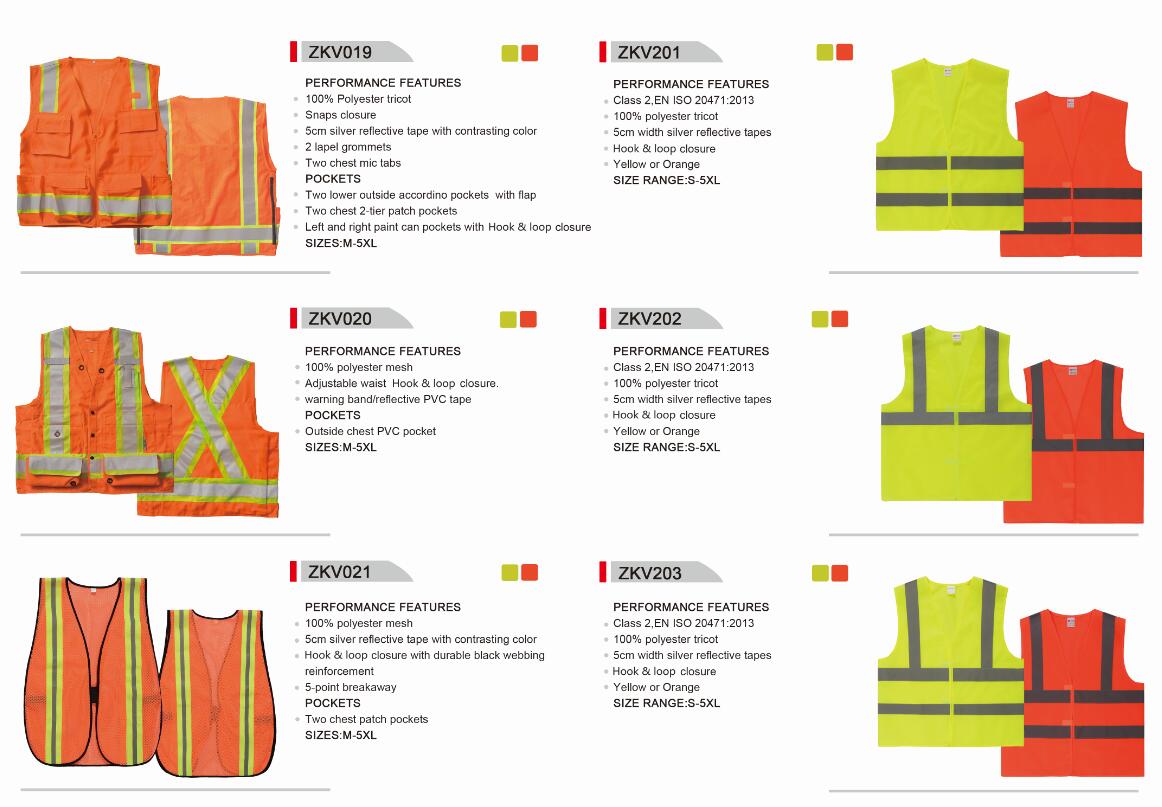
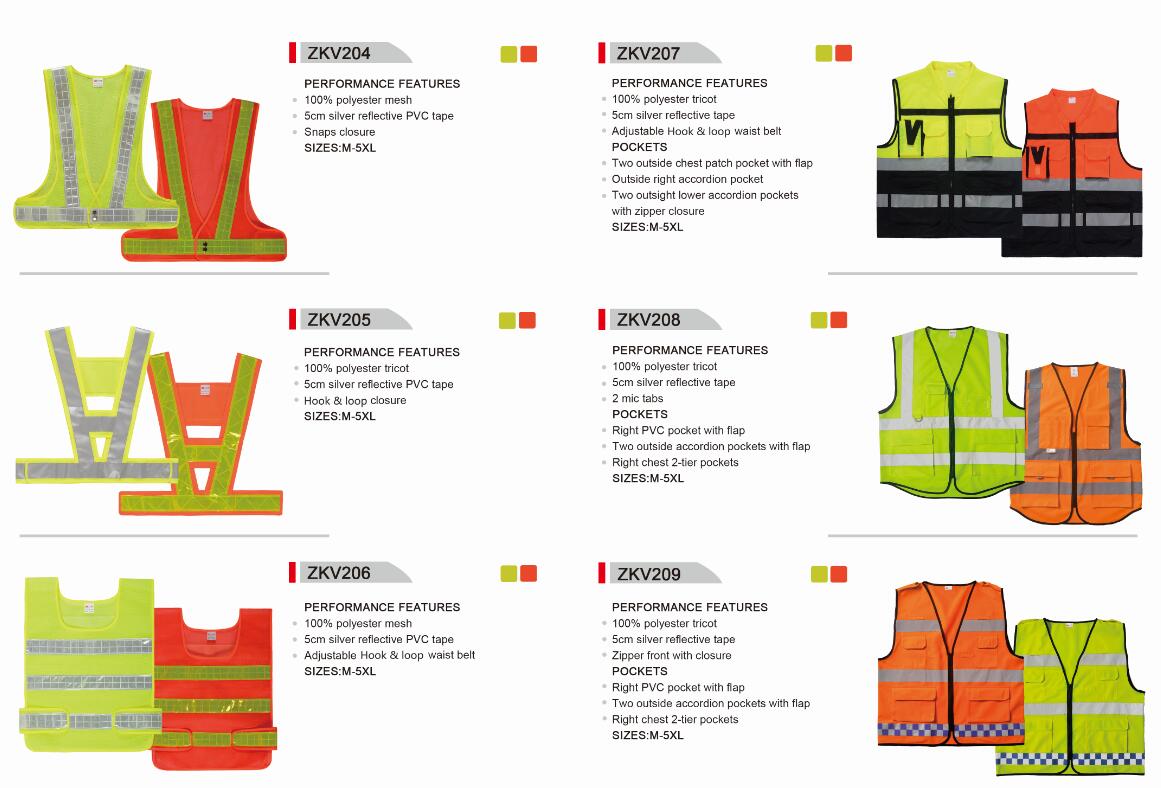
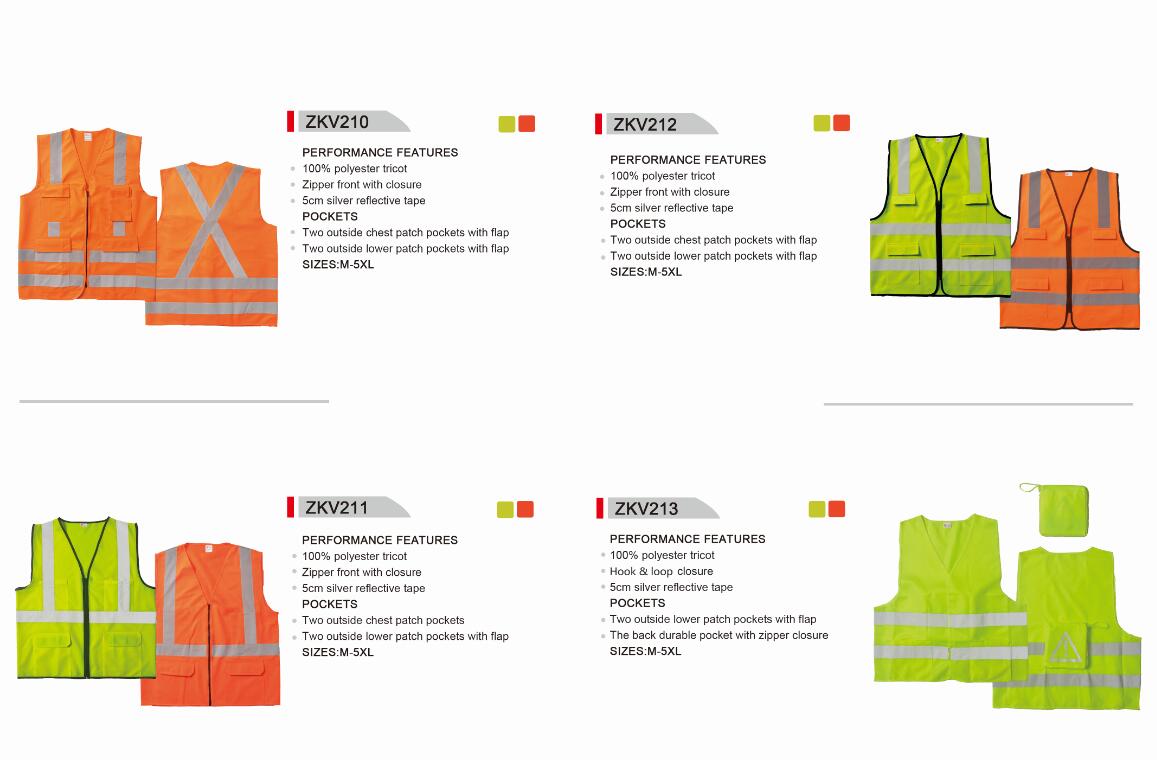
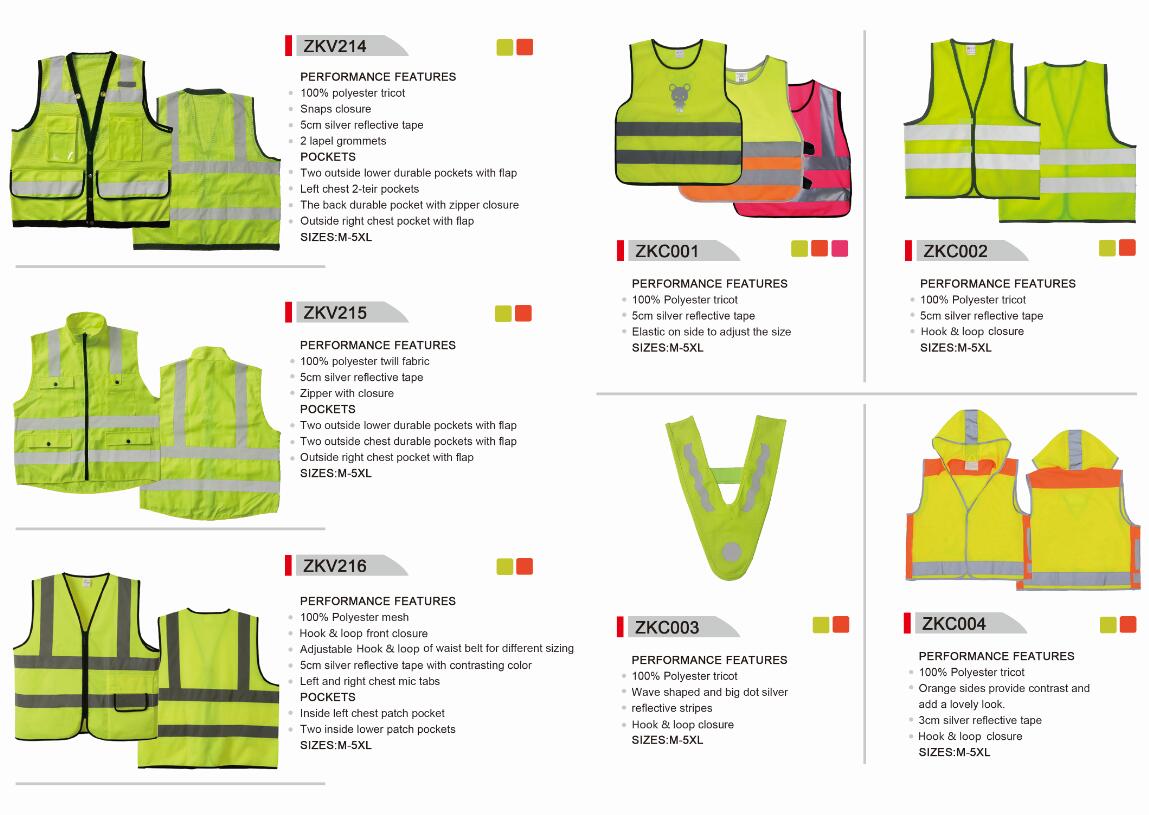
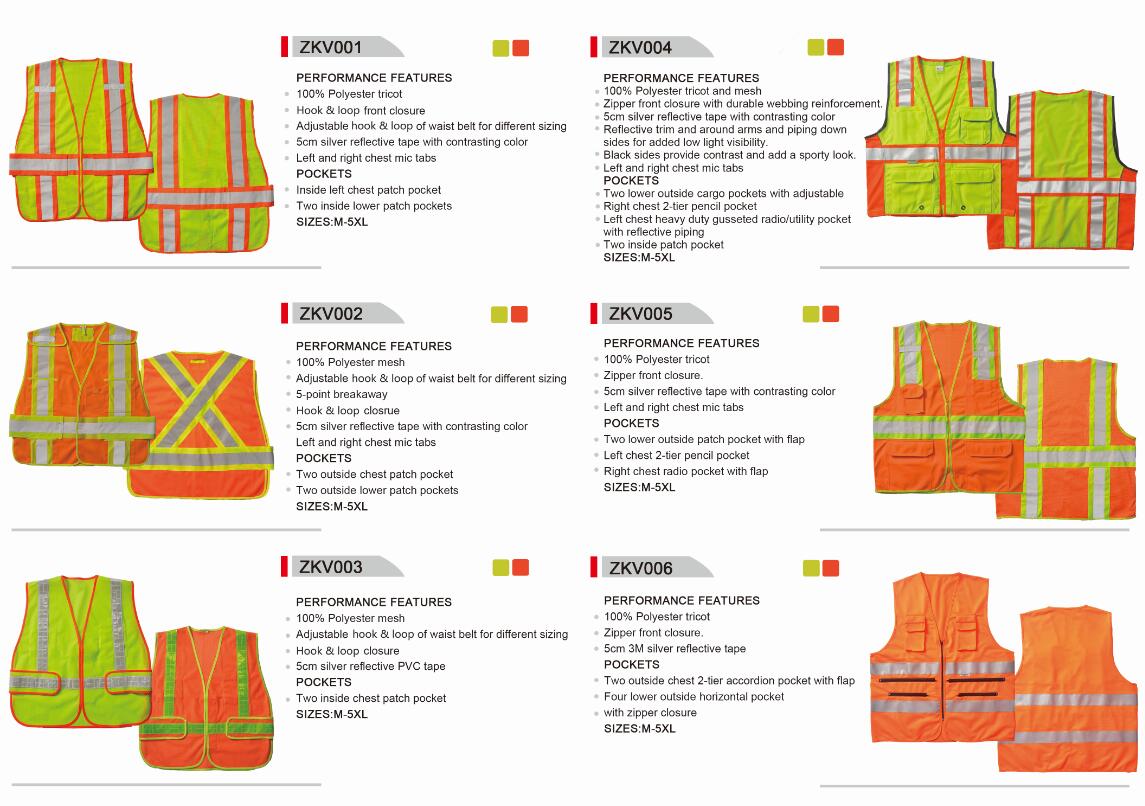

Hi-Vis Safety Vest,High Visibility Clothing,High Visiblity Safety Vest,High Visibility Vest
Xinxiang Zhongke Reflective Material Co., Ltd. , http://www.safetyvest.pl
![<?echo $_SERVER['SERVER_NAME'];?>](/template/twentyseventeen/skin/images/header.jpg)